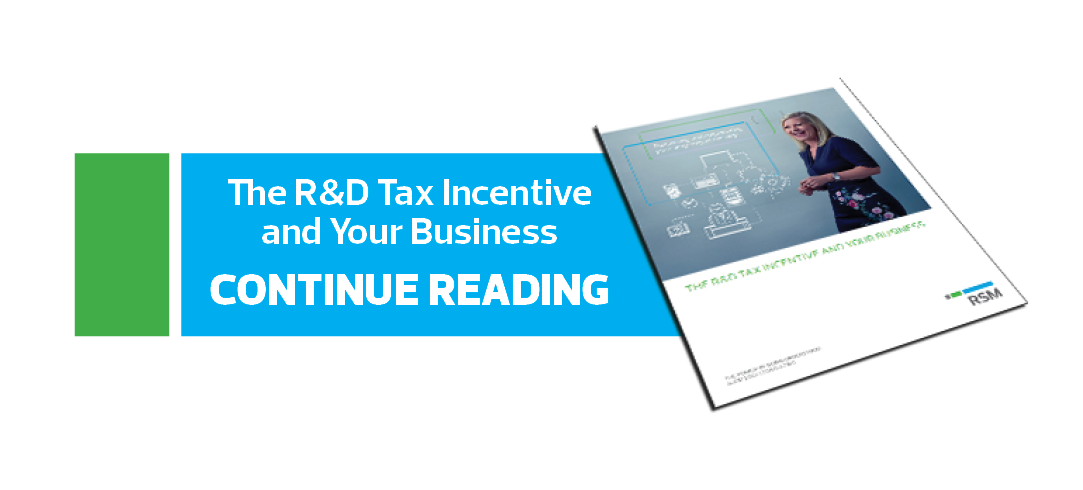The Research and Development Tax Incentive is a Federal Government initiative to encourage companies to invest in innovation that benefits Australia.
It is jointly managed by the Department of Industry, Science, Energy and Resources and the Australian Tax Office.
While it is widely acknowledged that innovation and the need for change is imperative for economic advancement, there are a myriad of eligibility and compliance requirements that underpin the incentive.
But it’s worth it.
Companies can make the most of this initiative by understanding how the incentive is delivered and the steps involved in making a claim.
This guide will walk you through the legislation, the nuances of definition and the claim process.
This guide is the start to understanding your R&D Tax journey.
The Benefit - What's in it for me?
under $20m grouped turnover
If your grouped turnover is less than $20m (refer below) and your R&D expenditure is at least $20,000 in the income year (or if you spend less than $20,000 on R&D in the income year it must be with a registered research agency to qualify), you can claim the 43.5% Refundable R&D tax credit.
- Gross refund = 43.5c per $1 spent, which is equivalent to a net tax benefit of 16c per $1 spent.
What this means is that if you are in a tax loss position (including carry forward tax losses) and the tax losses are at least equal to your R&D spend, you will receive a cash rebate of 43.5% of your R&D spend and forgo the future tax losses of the R&D spend.
The net tax effect is the difference between the R&D rate of 43.5% and the corporate tax rate of 27.5%, which means that for every $1 of R&D spent you will reduce your tax liability by 16c. Examples available in the full report here.
Greater than $20m grouped turnover
If your grouped turnover is at least $20m, you can claim the 38.5% non-refundable R&D tax credit. What this means is that you reduce your tax liability because the R&D rate is 8.5% larger than the 30% corporate tax rate; therefore you pay 8.5c (per $1 of R&D expenditure) less in tax (noting that this applies in your current tax return or can be carried forward if you are in a tax loss position).
Read the full report for an example assuming the Aggregate turnover > $20M
Eligible Entity - Who can get it?
Put very simply, the R&D Tax Incentive is for incorporated Australian companies, that is a Propriety Limited or Limited company.
In addition, an R&D entity can be:
- incorporated in another country but be an Australian resident for tax purposes
- incorporated in a country with which Australia has a double tax agreement and undertakes R&D activities through a permanent establishment in Australia
Please note that the R&D activity and expenditure between entities must take place within the eligible entity. Inter-entity and pre-incorporation issues are very common and care must be taken.
We recommend you seek experienced R&D Tax advice if you have questions on eligible R&D entity qualifications.
Continue reading the full report below.


